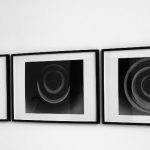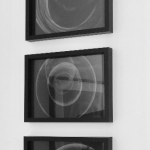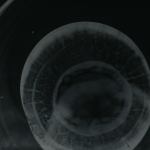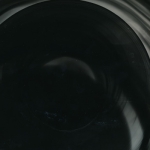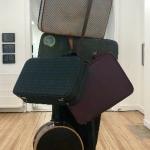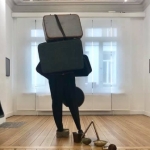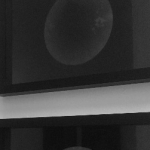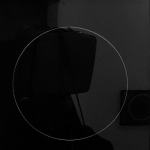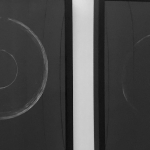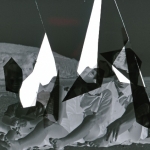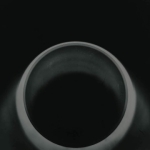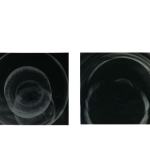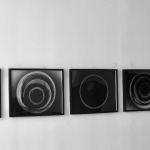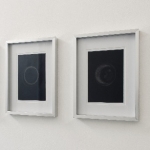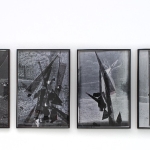CHRISTINE CLINCKX
5 Minutes / 1940
27/09 - 26/10/2019
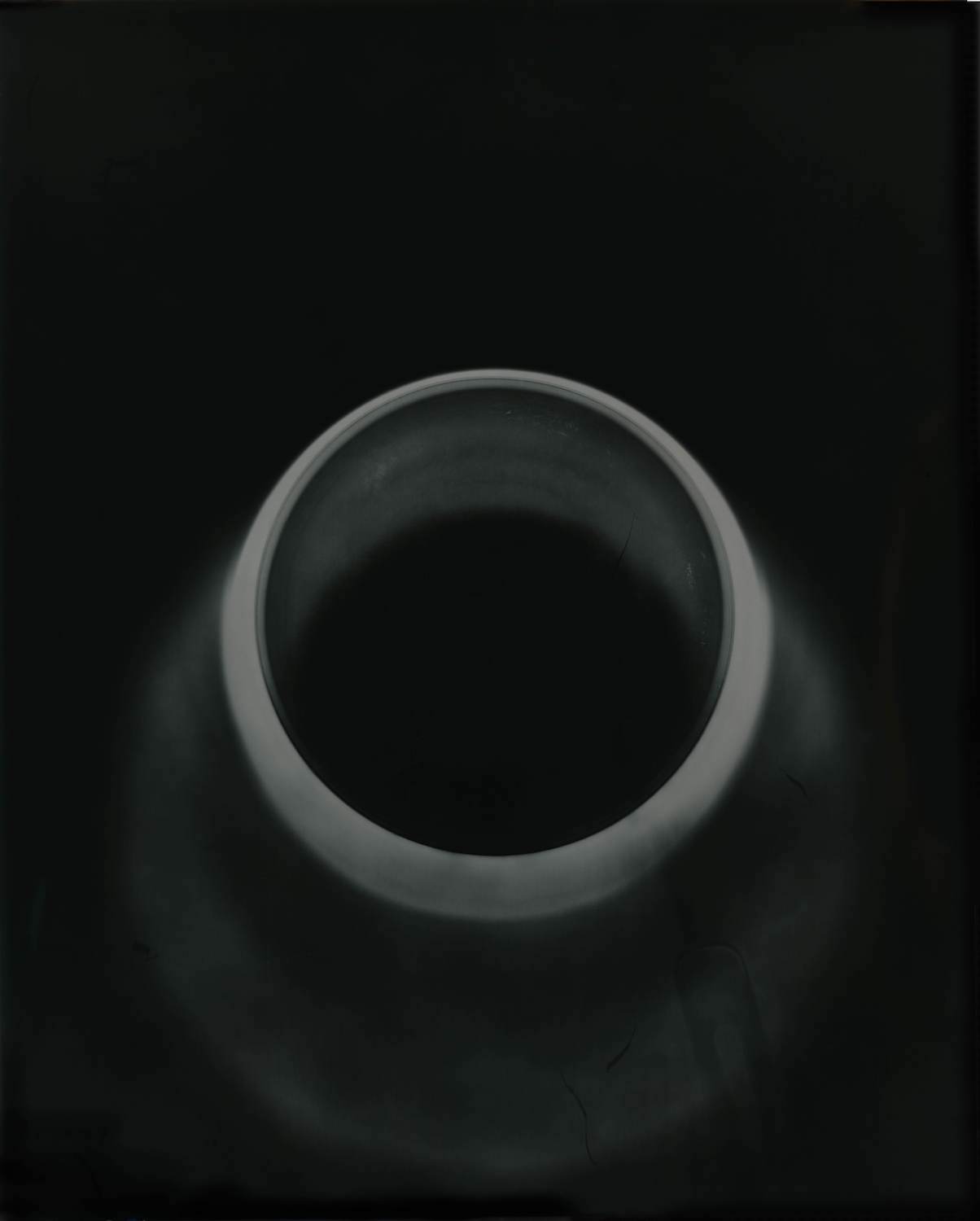
“What would you take with you when you have to leave your house within 5 minutes?”
Since 1995 Christine Clinckx confronts the visitors of her exhibitions with this question. It not only suggests an acute situation and highlights what people find precious, but also confronts us with our approach to life.
Based on the items a person would take, Clinckx makes three-dimensional portraits. Connected with this questioning lies her ongoing photographic project '1940', a series that documents an object her mother and grandmother stole, in the hope to make money out of it, while they where on the run for the bombings during WW2. The object Clinckx shows in her photographic work is beyond all recognition. In this way she transfers the choice of two refugees - in this case her ancestors - into the present time, and by doing so she respects their choice to keep the hidden object invisible.
For her first solo show at Eva Steynen.Deviation(s) Christine Clinckx confronts a selection of this photographic series with a three-dimensional portrait, especially made for this exhibition, of the Belgian philosopher Jaap Kruithof (1929 - 2009). This fictive portrait named 'The Things Man' is assembled from a random selection out of a collection of 10.000 objects Kruithof left to the Museum aan de Stroom (MAS). It is part of a bigger project of the MAS to upcycle the Kruithof-collection. In his publications Omgaan met de dingen (1991), Ingaan op de dingen (1992) en Doorgaan met de dingen (1994) the philosopher denounced consumer-society and promoted the circular economy. (https://www.mas.be/nl/kruithof)
As Kruithof passed away then years ago, he cannot answer Clinckx' question about what he would take in the presumed situation. On the other hand, for some reason he has chosen the objects he collected and preserved them. The sculpture Clinckx presents, an ensemble combining a still-lifewith a fictive portrait of the philosopher, writer and collectioner, suggests what he could have taken. As in her photographic work the presented items are not visual, but hidden in suitcases. The connection between the objects evokes a storyline that can be read by the viewer. This line of objects literally runs through the gallery making itself a way to the outside as a silent an slow undulation of preserved things.
During the vernissage of the show on the 26 of September, visitors are invited write down their personal answer to the above question, and have their 'portrait' made.

